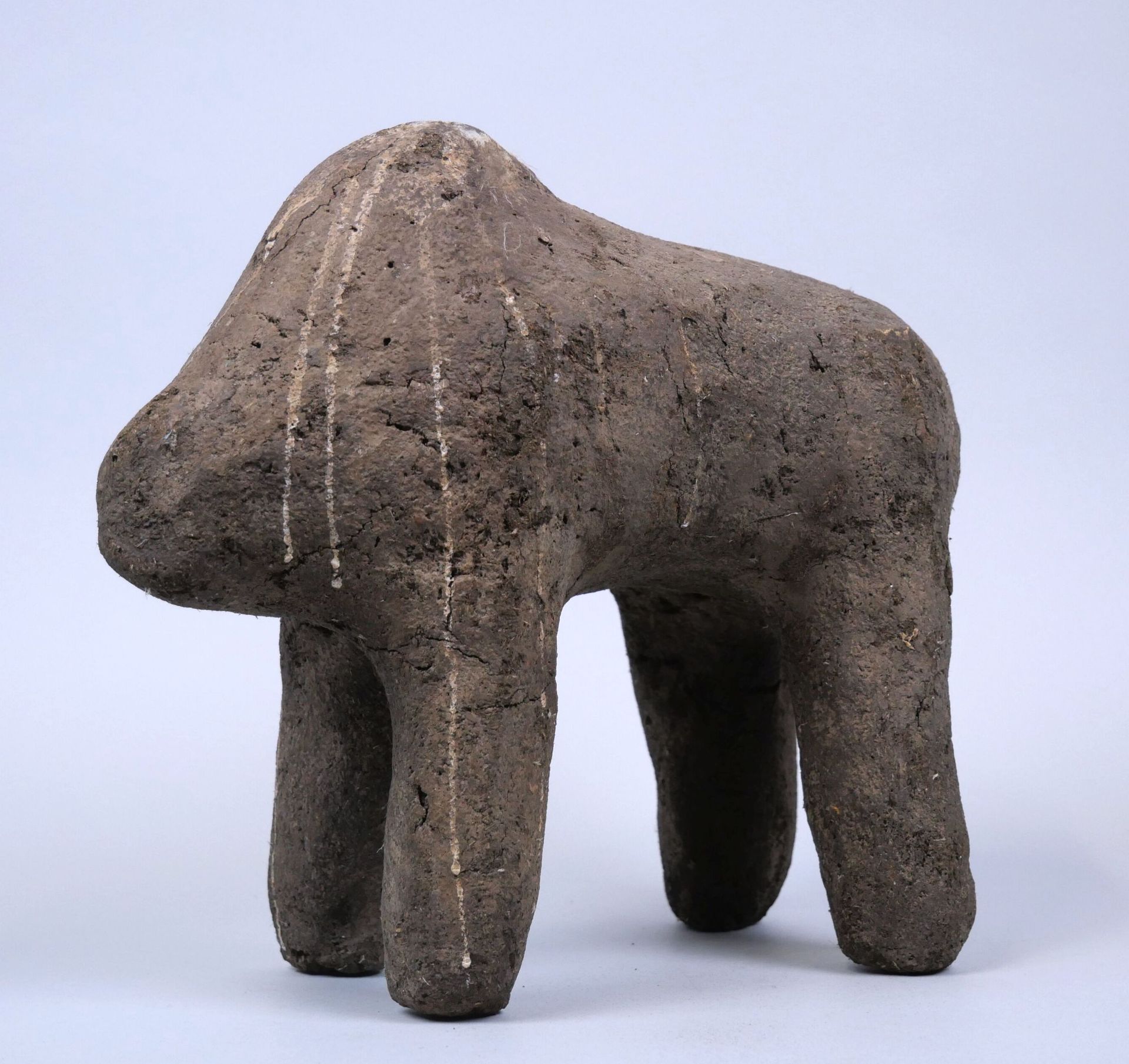Description
MALI - BAMBARA People Boli fetish. Composite material Height: 22 cm (Late production) "The boli embodies a fetish that played a fundamental role in the ritual life of Bambara villages, serving to accumulate and control the natural life force known as nyama for the spiritual benefit of the community. Its symbolic power is matched by its patina, its thick, composite material, made of raw earth covered with sacrificial layers. Here, the quadruped has a cracked, earthy patina. "In the eyes of the adepts, it is perfectly futile to clearly define a power whose strength is precisely to take on multiple forms, to disfigure and re-figure itself ceaselessly" (Colleyn in Jacomijn-Snoep, 2009, p. 37)." Lots will be available for collection by appointment on Tuesday, May 14, at the Paris XVth arrondissement (Métro Sèvre-Lecourbe or Pasteur).
322
Online
MALI - BAMBARA People Boli fetish. Composite material Height: 22 cm (Late production) "The boli embodies a fetish that played a fundamental role in the ritual life of Bambara villages, serving to accumulate and control the natural life force known as nyama for the spiritual benefit of the community. Its symbolic power is matched by its patina, its thick, composite material, made of raw earth covered with sacrificial layers. Here, the quadruped has a cracked, earthy patina. "In the eyes of the adepts, it is perfectly futile to clearly define a power whose strength is precisely to take on multiple forms, to disfigure and re-figure itself ceaselessly" (Colleyn in Jacomijn-Snoep, 2009, p. 37)." Lots will be available for collection by appointment on Tuesday, May 14, at the Paris XVth arrondissement (Métro Sèvre-Lecourbe or Pasteur).
You may also like
